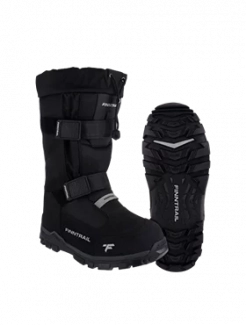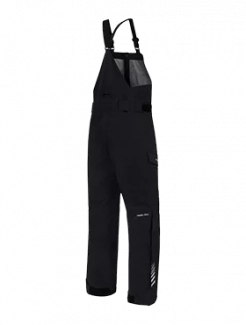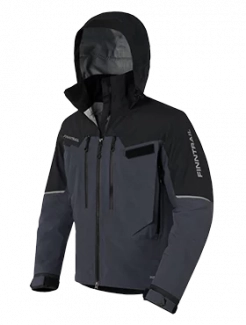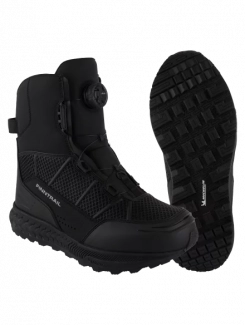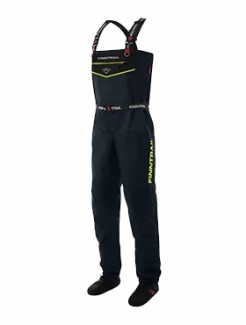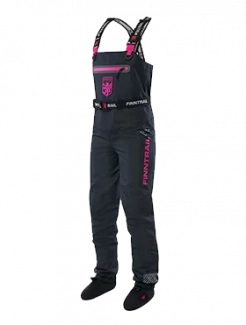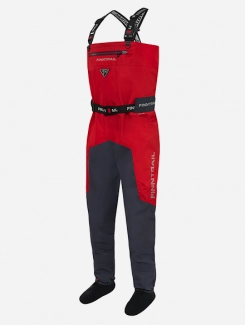How To Check 4WD System on a UTV
One of the easiest things to miss when buying a new UTV is a failing 4WD system. In order to ensure that you get all of the benefits of a UTV before the big purchase, you’ll need to learn how to check the 4WD system on any UTV. It’s a simple process that can end up saving you thousands of dollars in repairs, not to mention the huge amount of disappointment when finding out.
There are a few differences that you’ll also need to be aware of when talking about 4WD. You’ll see 4WD, 4x4, AWD, FWD, RWD, 4x2, and plenty more. It can get pretty confusing, especially when looking at the differences between 4x4, 4WD, and AWD. To make this all a bit clearer, we’ll go over what you need to know about the model UTV you’ve bought and which drivetrain you have.

4WD vs 4x4 vs AWD
If you’ve never bought a 4WD car or UTV before, the terminology can get pretty confusing. It all comes off as the same concept, all four wheels are moving. While, yes, this is true, you also need to understand the differences.
4WD refers to any vehicle where all four wheels will be moving, but like a 4x4, the power is given to all the wheels to provide maximum traction when engaged. This provides you with the option to turn 4WD on and off when you need it most, so you can save a lot on fuel efficiency.
AWD on the other hand is controlled mechanically or electronically by the rig’s computer. The power is distributed to all four wheels as needed when traction is lost in certain areas. The technology can recognize the terrain you are on and provide the correct amount of power to certain wheels when needed. For example, your front wheels won’t often engage until your rear wheels are losing traction.
So, it’s totally possible to have an AWD vehicle, thinking you have a 4WD or a 4x4 and believe that the system is failing. We’ll go over one easy way to figure out what’s going on.
How to Check 4WD in a UTV Is Working
Alright, on to figuring out how to check that a 4WD UTV is working before buying it.
One of the best ways to check your 4WD system in a UTV is to get all four wheels up off the ground. Using proper jacks and jack stands, raise the UTV just enough for all the wheels to be clear of the ground.
Once your UTV is up in the air, try giving some gas while the UTV is still in 4x2 mode. This should result in only two of the four wheels spinning at a time. It’s important to know that your rig will work in both 4WD and 4x2 if you have the option. It can save you a lot on fuel efficiency as well as provide you better handling when in 2WD.
Now that you know 4x2 works, you can engage the 4WD mechanism and slowly give some power to the engine. Now, it’s pretty obvious. If all four wheels are moving at the same time, your 4WD is working. If you see only the rear wheels moving, try checking that 4WD is engaged and try again.


